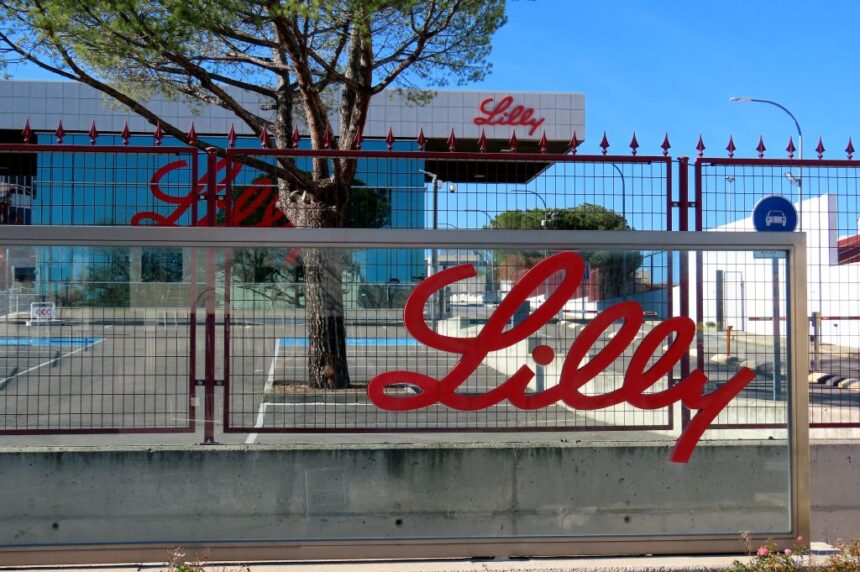GLP-1 drugs continue to serve as a boon for Eli Lilly’s bottom line, with the drugmaker announcing quarterly revenues up 28% year-over-year Tuesday morning.
The drugmaker reported revenues of $2.49 billion during the final segment of 2023, supported by the performance of the widely-popular GLP-1 treatments Mounjaro and Zepbound.
During the quarter, Mounjaro’s revenue topped $2.2 billion, up from $279 million in Q4 2022, while Zepbound, which received approval for treating obesity from the Food and Drug Administration in early November, notched nearly $176 million in its first quarter on the market.
Though this class of drugs has created a sizable impact on the nation’s perceptions of weight loss, that hasn’t been without occasional drawbacks in terms of shortages amid record-high demand.
Lilly acknowledged as much in a press release accompanying the earnings release, stating that it has experienced and continues to expect “intermittent delays fulfilling orders” of certain Mounjaro doses, which will affect volume.
Additionally, Lilly’s growth products — namely Verzenio and Jardiance — saw revenue increase 9% to $5.27 billion. The company’s earnings per share (EPS) increased 13% to $2.42 and 19% to $2.49 on a non-GAAP basis.
As for the year in total, Lilly recorded $34.1 billion in revenue, up 20% compared to 2022. However, its operating income decreased 9% to $6.4 billion and its net income dropped 16%.
Still, given the momentum at its back ending the year, Lilly is understandably bullish on its future, upping its full-year guidance with revenue in the range of $40.4 billion to $41.6 billion, EPS in the range of $11.80 to $12.30 as well as non-GAAP EPS in the range of $12.20 to $12.70.
“2023 was a year of tremendous achievement for Lilly, which delivered life-changing medicines to more patients than ever before resulting in strong revenue growth,” Lilly CEO David A. Ricks said in a statement. “We advanced our pipeline of new medicines for serious diseases and created new partnerships and innovative ways of collaborating to add to that pipeline. Lilly invested in the quality, reliability and resilience of our supply chain with new advanced manufacturing plants and lines in the U.S. and in Europe. Entering 2024, we remain focused on the opportunity in front of us, to help solve some of the most challenging healthcare problems in the world and make life better for millions of patients.”
Lilly’s promising earnings were released one day after GLP-1 rival Novo Holdings announced a $16.5 billion deal for contract drug manufacturer Catalent as part of its effort to increase its footprint in the obesity treatment space.
While Novo and Lilly have largely enjoyed a duopoly in the burgeoning ‘diabesity’ area, there are plenty of other drugmakers looking to make a play in the coming months and years. Some may already have broken in, with a recent analysis deeming Roche on par with the two leaders following its nearly $3 billion deal for Carmot Therapeutics.
Still, Lilly doesn’t appear to be resting on its laurels as it actively pursues opportunities to grow its obesity treatment portfolio.
In addition to completing its previously-announced purchases of Point Biopharma Global and Mablink Biosciences, Lilly announced another recent bid for biotech Fauna Bio just before Christmas. Per terms of the deal, Lilly will pay up to $494 million in pre-clinical, clinical and commercial milestones.
For a March 2024 article on Eli Lilly’s Oscars ads aiming to educate on GLP-1 drugs and combat obesity stigma, click here.







